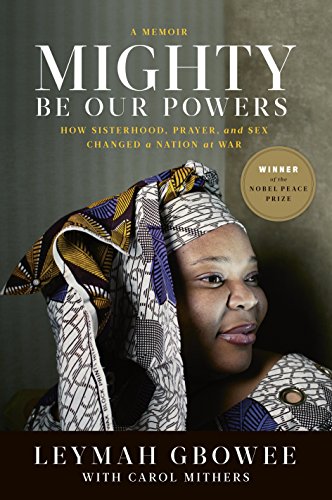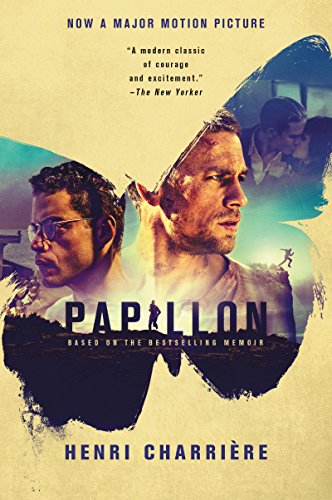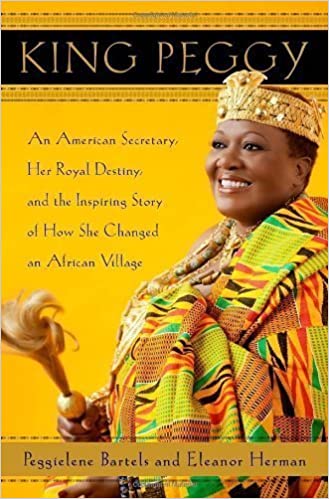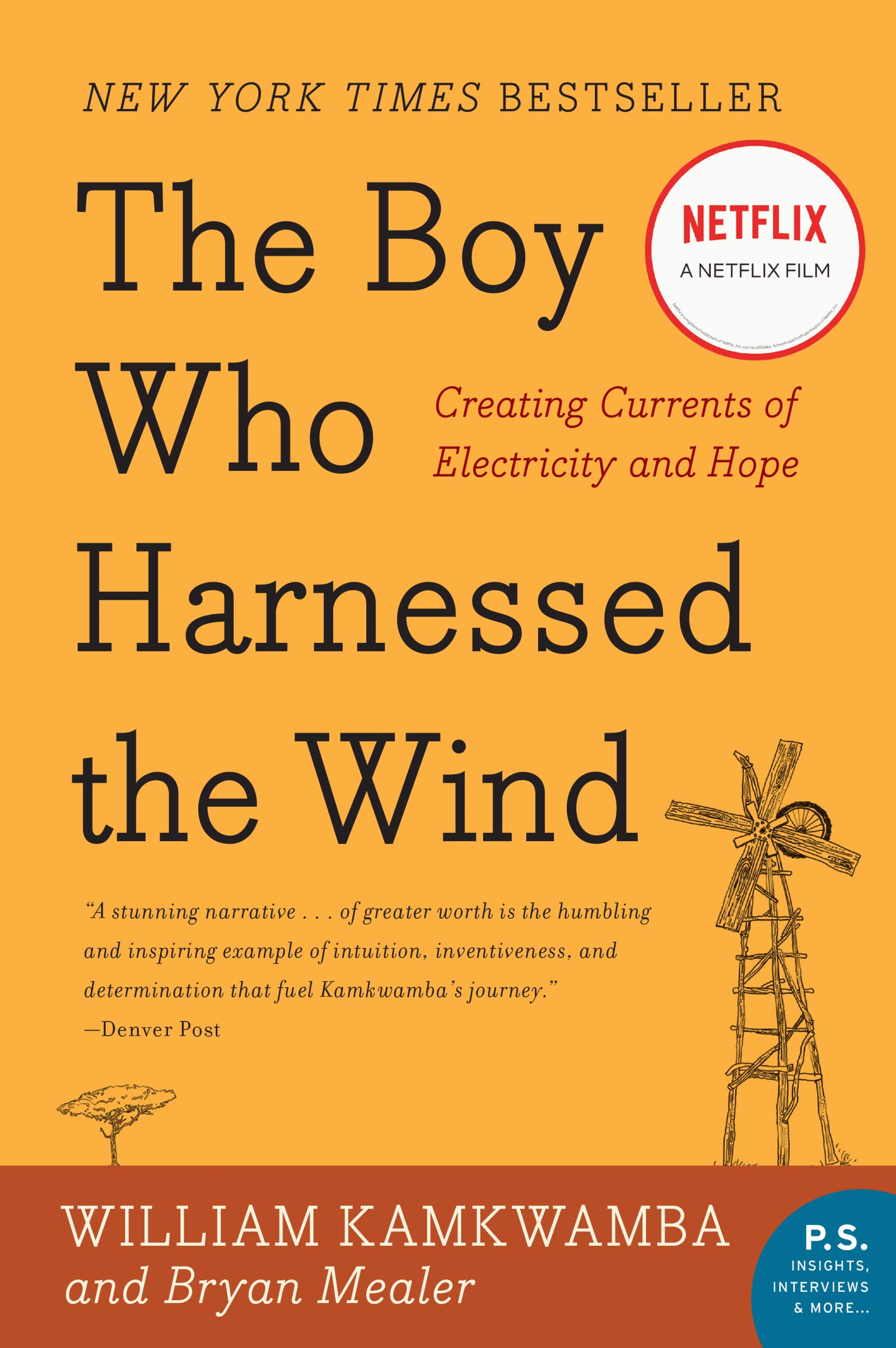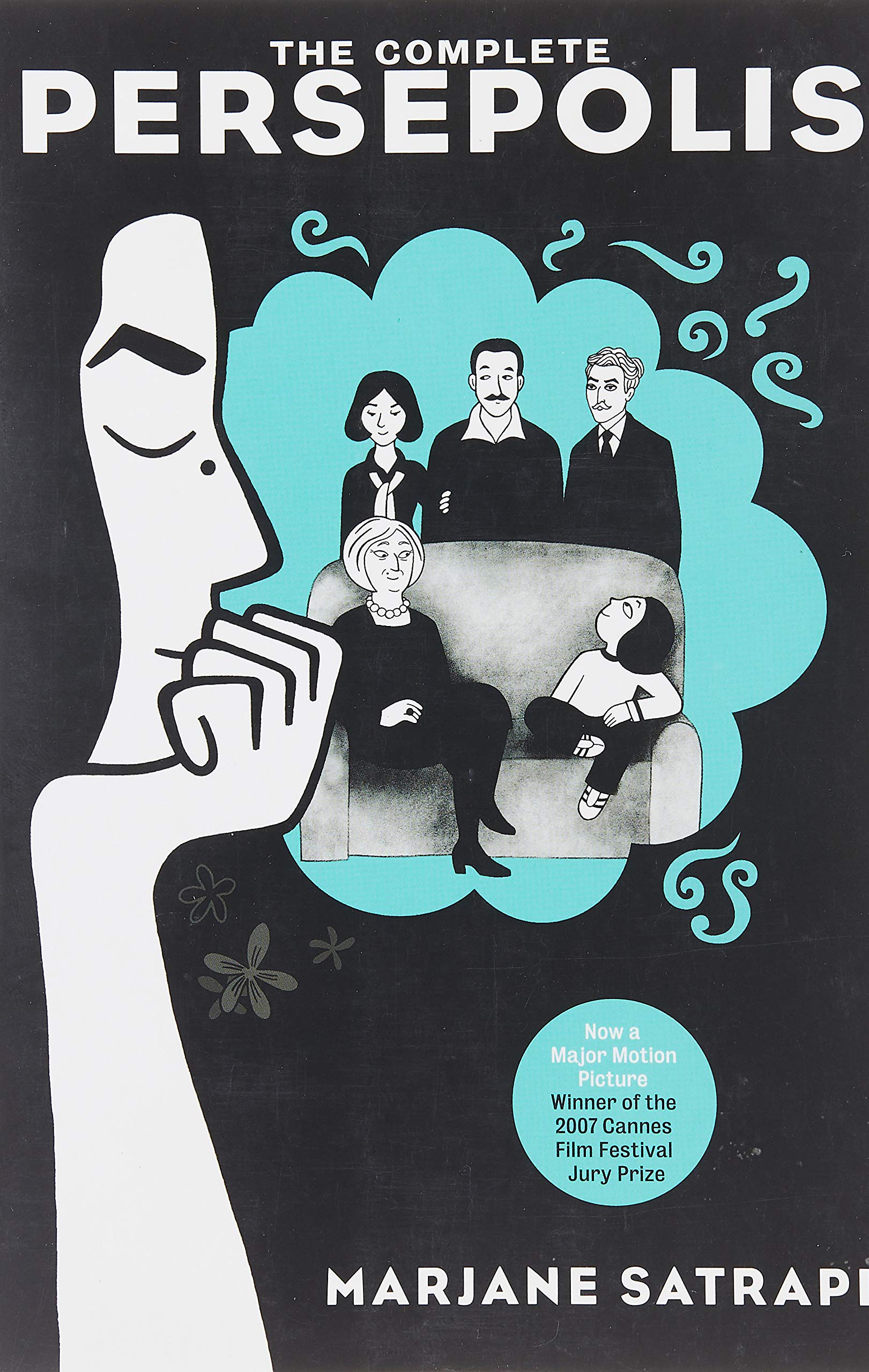Armenian Golgotha: a memoir of the Armenian genocide, 1915-1918 by Grigoris Balakian; translated by Peter Balakian and Aris Sevag
Armenian Golgotha: a memoir of the Armenian genocide, 1915-1918 was written by Father Grigoris Balakian, a survivor of the Armenian genocide. It was originally published in Armenian as two separate volumes: Armenian Golgotha, volume 1 in 1922 and Armenian Golgotha, volume 2 in 1959. It was first published as a single volume, translated into English, in 2009. Grigoris Balakian began writing this memoir as he witnessed and experienced the atrocities of the Armenian genocide. As a bishop of the Armenian Apostolic Church, he felt it was his sacred duty to document everything he witnessed during this time.
Father Grigoris Balakian was born in Armenia in 1876. At this time, Armenia was not yet an independent nation, but was still part of the Ottoman Empire (modern-day Turkey). In April 1915, he and 250 other Armenian “cultural leaders” were arrested and deported to the desert of Der Zor (located in modern-day Syria). The arrests were merely a cover to murder these Armenian leaders, in what was the beginning of the Empire’s attempt to annihilate the Christian Armenian people via violence, starvation, exposure and neglect, and forced marches into the middle of an empty desert, where many of their bodies were left to rot in the sun. Father Grigoris eventually escaped and went into hiding, where he began writing his memoirs of the genocide. He died in France in 1934. His great-nephew, Peter Balakian, helped to translate the original two volumes of Armenian Golgotha into English, and succeeded in seeing them published in 2009. Peter Balakian currently lives and teaches in New York State.


-
Arango, T. (2015, April 16). A century after Armenian genocide, Turkey’s denial only deepens. The New York Times. https://www.nytimes.com/2015/04/17/world/europe/turkeys-century-of-denial-about-an-armenian-genocide.html.
-
Balakian, P. (2008, December 5). Bones. The New York Times Magazine. https://www.nytimes.com/2008/12/07/magazine/07lives-t.html.
-
BBC News. (2018, July 10). Turkey country profile. BBC News. https://www.bbc.com/news/world-europe-17988453.
-
BBC News. (2019, January 14). Syria country profile. BBC News. https://www.bbc.com/news/world-middle-east-14703856.
-
BBC News. (2020, November 18). Armenia country profile. BBC News. https://www.bbc.com/news/world-europe-17398605.
-
Colgate University. Peter Balakian. Peter Balakian | Colgate University. https://www.colgate.edu/about/directory/pbalakian.
-
Encyclopædia Britannica, inc. Armenian Apostolic Church. Encyclopædia Britannica. https://www.britannica.com/topic/Armenian-Apostolic-Church.
-
Encyclopædia Britannica, inc. Sultans of the Ottoman Empire. Encyclopædia Britannica. https://www.britannica.com/place/Ottoman-Empire/Sultans-of-the-Ottoman-Empire.
-
Genocide Museum: The Armenian Genocide Museum-institute. Genocide Museum | The Armenian Genocide Museum-institute. http://www.genocide-museum.am/eng/Batra-eng.php.
-
History.com Editors. (2010, October 1). Armenian Genocide. History.com. https://www.history.com/topics/world-war-i/armenian-genocide.
-
Kifner, J. Armenian Genocide of 1915: An Overview. The New York Times. https://archive.nytimes.com/www.nytimes.com/ref/timestopics/topics_armeniangenocide.html?mcubz=1.
-
The New Yorker. (2009, May 4). Armenian Golgotha. The New Yorker. https://www.newyorker.com/magazine/2009/05/04/armenian-golgotha.
-
ontheworldmap.com. Armenia location on the World Map. ontheworldmap.com. http://ontheworldmap.com/armenia/armenia-location-map.html.
-
Palakʻean, G. (2009). Armenian Golgotha: a Memoir of the Armenian genocide, 1915-1918. (P. Balakian & A. G. Sevag, Trans.). Vintage Books.
-
Penguin Random House. Grigoris Balakian: Penguin Random House. PenguinRandomhouse.com. https://www.penguinrandomhouse.com/authors/92886/grigoris-balakian/.
-
Peter Balakian. https://www.peterbalakian.com/index.html.
-
Romano, C. (2010, October 18). “Armenian Golgotha: A Memoir of the Armenian Genocide, 1915-18” by Grigoris Balakian. Chicago Tribune. https://www.chicagotribune.com/entertainment/books/chi-books-review-armenian-golgotha-memoir-balakian-story.html.


